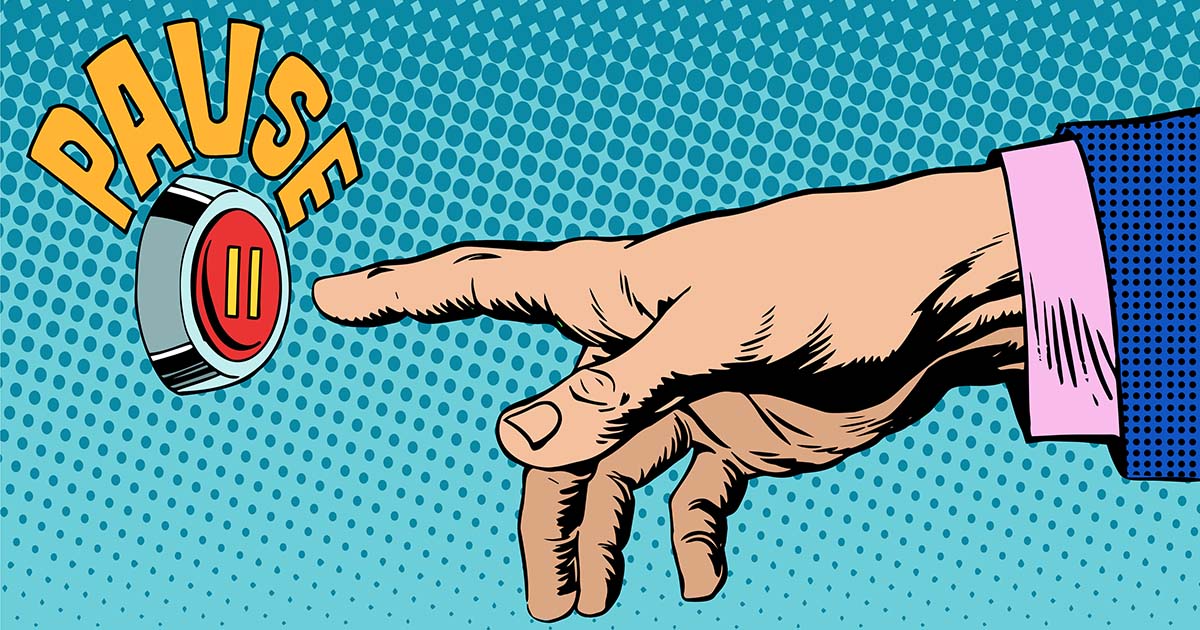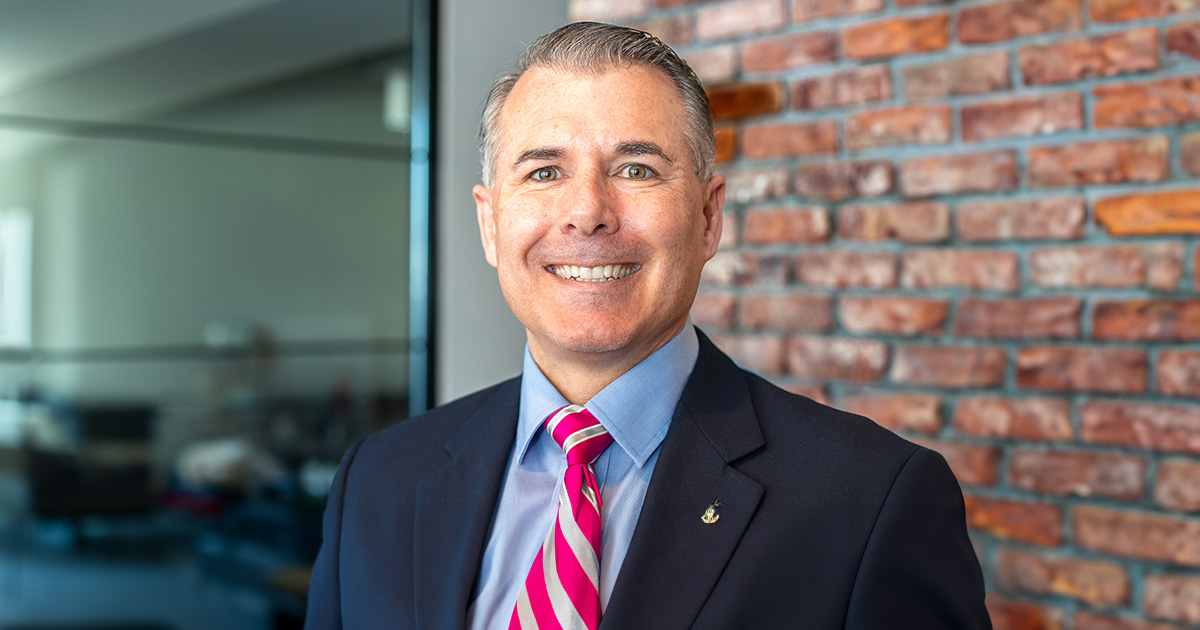BY: STEVE HENSHAW
The American Midwest has been home to industry and agriculture since the beginning of the 20th century. Relying heavily on strong labor forces, accessible transportation routes, and a proximity to a significant portion of the nation’s total population, Indiana was a leader in manufacturing that involved steel, glass, and rubber to support the automotive industry. As plastics developed, so too did Indiana’s place as a leader in its manufacturing.
Factories sprouted up in cities and towns across the state, often built near the town’s center, so workers could walk to the factories. As the recession in the 1970s and 80s took its toll, and companies began moving manufacturing overseas, the lifeblood of these communities ceased, leaving behind decaying factories and decades of legacy contamination. Factories that once provided jobs by the hundreds became eyesores to communities, driving down property values, leaving environmental contamination, and robbing cities and towns of a vital tax base. Mayors, city councils, and economic development departments continue to grapple with these legacy problem sites.
Concurrently, there is a critical demand for housing stock. Virtually every municipality is grappling with a pressing demand for additional housing. Short of expanding the city limits and annexing land, finding 10, 20 and 30-acre tracts of land to build new housing is extremely challenging. It is for this reason that we believe these old legacy factories should be given new life as sites for residential and mixed-use developments.
EnviroForensics has been on the forefront of this resurgence, having remediated old manufacturing sites, while finding the money for the clean-up costs. A great example of this is in the City of Wabash, where Mayor Long, before he became Mayor, urged the authorities to do something with the former GenCorp. (now known as Aerojet Rocketdyne Holdings, Inc.) plant that sat in the heart of Wabash on 30-acres of land.
In 2007, the manufacturing plant’s shutdown marked the beginning of its downfall, culminating in job losses for more than 600 employees and the cessation of property tax payments. The property was then auctioned by the County. The owners stripped the building of its salvageable metals and demolished the building leaving behind piles of rubble. In addition, the soil and groundwater beneath the property is grossly contaminated with hazardous substances including chlorinated solvents and PCBs, posing a significant risk to human health.
The Indiana Department of Environmental Management pursued the company that caused the environmental contamination at the property; that company eventually responded by proposing an unsatisfactory cleanup plan that would leave a massive amount of contamination in place, put a deed restriction on the property, and prevent the property from ever being utilized for anything other than a park. While parks are great, Wabash already has a 25-acre park a stone’s throw from this property.
Mayor Long persisted in his efforts to guide the property back into productive reuse, and in November 2020, the City acquired title to the property from the County. The City then put together a team that included EnviroForensics, a law firm, and a development partner to assess what it would take to clean the property to a level that would support a mixed-use development while pursuing the company that caused the environmental contamination for the cost of clean-up. Reflecting on the collaborative effort, Mayor Long remarked, “As a government leader, you cannot be an expert in everything that comes your way. Networking with experts at events I have attended led to me finding the people who could get the job done for the City of Wabash.”
The City is poised to clean up the property, and the City’s development partner is scheduled to build 15 single-family houses, 42 starter houses (bungalows), and a 100-unit apartment complex to help address the City’s housing shortage. Properly addressing the contamination at the property is key for increasing housing opportunities for Wabash’s residences, increasing the city’s tax base, and cleaning up the environment. This optimal redevelopment far outweighs the value of leaving the contamination in place as a park.
This model of cleaning up contaminated properties and restoring them to residential and commercial use is not unique to this site, although you need a commitment from leadership in order to be successful. At EnviroForensics, we have worked to settle tens of millions of dollars of claims that have funded environmental clean-up and legal costs for hundreds of clients. With the right set of facts, a skilled team, and a strong stakeholder, we can clean up environmental contamination and allow blighted sites new life as redeveloped productive properties. Emphasizing the importance of perseverance in these endeavors, Mayor Long stated, “While this was a daunting task, you have to take action to make cleanup happen, and you have to be in it for the long haul. I am thankful to have assembled a team on the environmental and litigation side with a wealth of experience who can best guide me in making appropriate decisions.”
If you have any questions about Brownfields Redevelopment or any other environmental matter, please contact us at your convenience.



